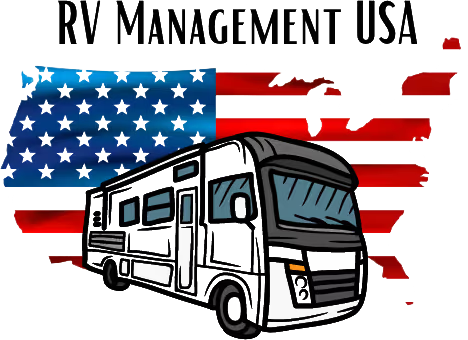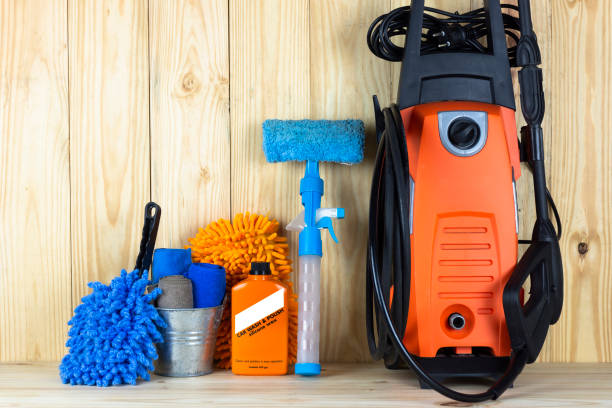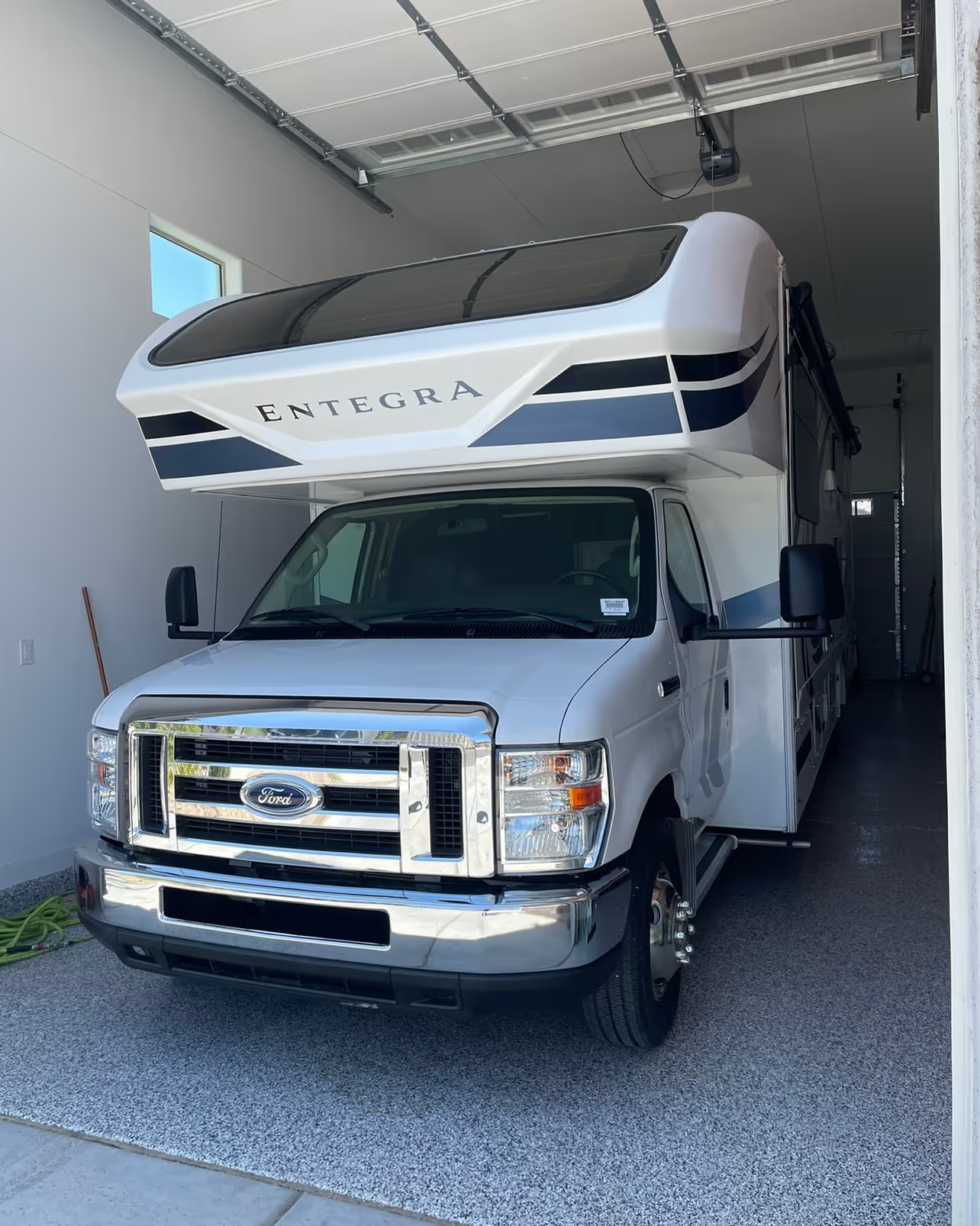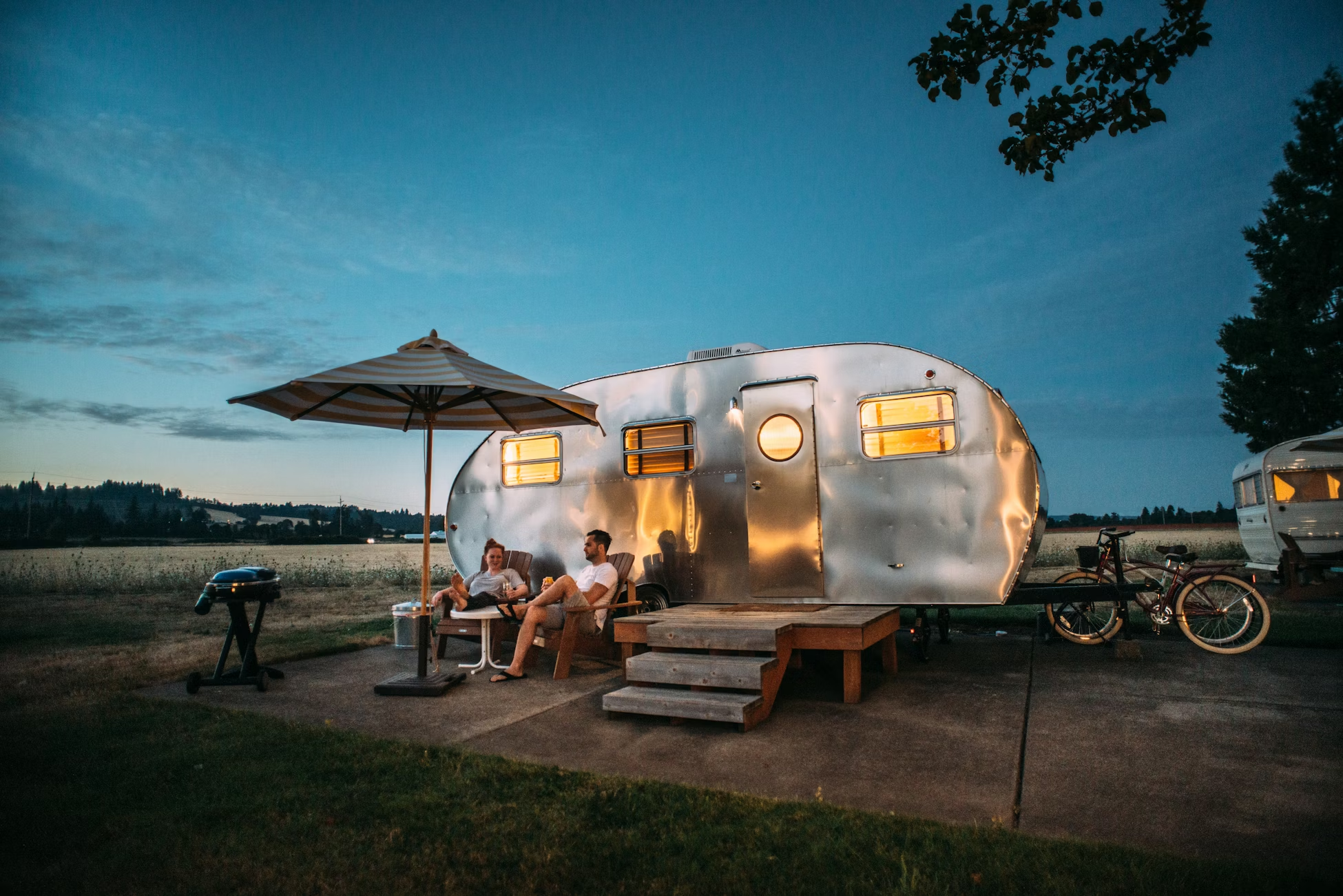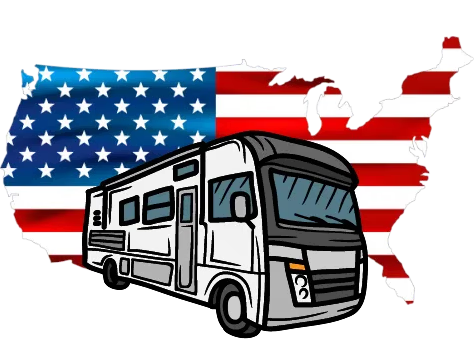If you’re about to turn your RV into a rental, understanding insurance isn’t just smart—it’s essential. Here’s everything I wish I’d known before my first renter drove off.
Table of Contents
- Why RV Rental Insurance Is Non-Negotiable
- Personal vs. Commercial Coverage: What’s the Difference?
- Platform-Provided Insurance: Pros and Cons
- Choosing the Right Liability Limits
- Common Policy Exclusions to Watch For
- How to Lower Your Insurance Premiums
- What to Do (and Not Do) When You File a Claim
- Best Practices for Documenting Your RV’s Condition
- Final Thoughts: Sleep Easy on the Road
1. Why RV Rental Insurance Is Non-Negotiable
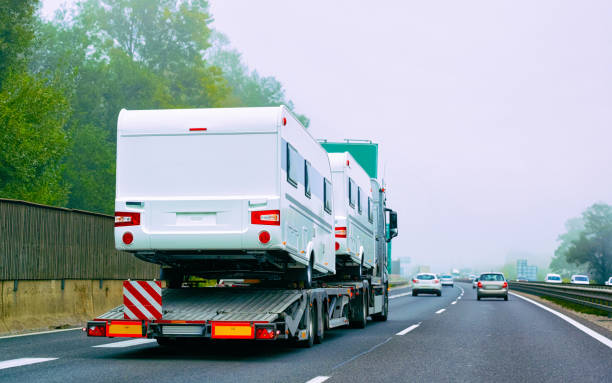
Imagine this: your Class C returns after a weekend at a festival. The windshield’s cracked, the awning’s bent, and there’s a dent on the rear bumper. Oh—and your next guests are due tomorrow.
Without the right insurance, you’re not just footing the repair bill. You’re also eating the cost of missed bookings. For me, one $2,300 repair after a guest misjudged a tight turn would’ve erased two months of profit—if I hadn’t had proper coverage.
Good coverage protects you from:
- Property damage (inside and outside your RV)
- Liability (if a renter injures someone or causes an accident)
- Emergency roadside help (because tire blowouts don’t wait for convenient times)
Think of insurance as your “sleep-easy” fee. You may never need it—but when you do, it saves you thousands.
2. Personal vs. Commercial Coverage: What’s the Difference?
Your standard RV policy—the one you use for family road trips—isn’t built for rentals. When money changes hands, the rules change.
Personal policies typically cover:
- You and family members
- Recreational use only (no rental income)
Commercial or rental-use policies cover:
- Authorized renters
- Guest-caused damage
- Lost income from downtime
- Add-ons like roadside for renters
3. Platform-Provided Insurance: Pros and Cons

Outdoorsy and RVshare both offer built-in commercial rental coverage when you rent through their platforms.
I used Outdoorsy’s insurance for my first few rentals and was glad I did. But once I had more bookings, I ran into limits I hadn’t expected.
Pros:
- Instantly included with each booking
- No need to call agents or shop around
- Includes basic roadside help
Cons:
- High deductibles ($1,500+ in some cases). Renters pay this.
- Limited control over the claims process
- Doesn’t cover mechanical breakdowns, mold, or wear & tear
4. Choosing the Right Liability Limits
Let’s say your renter clips another vehicle in a crowded campground—and someone gets hurt. Medical bills and lawsuits can snowball fast.
Many states only require around $50,000 in liability. That might sound like a lot—until it’s not.
Better benchmarks:
- $300,000 per occurrence for bodily injury
- $100,000–$300,000 for property damage
Most of the platforms offer up to 1 million in coverage!
5. Common Policy Exclusions to Watch For
This is where many owners get surprised. Even a “rental-use” policy won’t cover everything. You’ve got to read the fine print—or you might find yourself footing a bill you thought was insured.
Typical exclusions include:
- Wear and tear (tire blowouts, brakes, seals)
- Mold or mildew (from leaks or moisture)
- Off-road use (yes, that means beach driving too)
- Unapproved DIY mods (electrical or propane system changes)
6. How to Lower Your Insurance Premiums
Insurance costs can add up, especially when you’re just getting started. But there are legit ways to reduce them without sacrificing coverage.
Try these:
- Raise your deductible if you have a repair fund
- Bundle with your home, auto, or umbrella insurance
- Install GPS or alarm systems for theft protection credits
- Ask about “low-mileage” or “in-region use” discounts
- Keep a clean driving record (some check your personal history too)
Every fall, I shop my policy around with three brokers. Last year, that saved me over $700 just by switching providers.
7. What to Do (and Not Do) When You File a Claim

Let’s be honest: when something breaks, it’s stressful. Especially if you’re dealing with a guest, your next renter is arriving in two days, and your insurance rep is on hold.
Here’s what helps me stay calm:
DO:
- Take detailed photos/videos of the damage
- Get a statement from the renter
- Call your insurer quickly (delays can limit coverage)
- Keep receipts for any repairs, towing, or parts
DON’T:
- Admit fault or assign blame (stick to the facts)
- Rush a settlement offer
- Ignore small issues—they often get bigger later
When my slide motor went out after a guest forced it closed, I filed immediately. It was messy—but organized records helped me get reimbursed in under three weeks.
8. Best Practices for Documenting Your RV’s Condition
One of the best habits I’ve built? Creating a “pre-trip checklist with proof.” It saves me every time.
My routine:
- Take a walk-around video with narration before every rental
- Photograph tires, bumpers, awnings, and interior appliances
- Log mileage, tank levels, and hours on the generator
- Store it all in Google Drive—easy to pull up from anywhere
- Share the file with the renter so everyone’s on the same page
I once had a renter claim the TV mount was loose before their trip. A photo from check-out showed it was secure. Dispute resolved—no awkward back-and-forth.
9. Final Thoughts: Sleep Easy on the Road
If you treat your RV rental business like a business, insurance becomes non-negotiable. Not because you expect the worst—but because you care enough to plan for it.
The right policy means:
- You’re not losing sleep over every bump in the road
- You’re protected from worst-case scenarios
- You can focus on bookings—not breakdowns
Need help figuring out which policy is right for your RV rental setup?
We’ve vetted insurance providers that specialize in peer-to-peer RV rentals—and we’d be happy to recommend a few.
Let us help you protect your rig—and your peace of mind.
— The RVM Team
